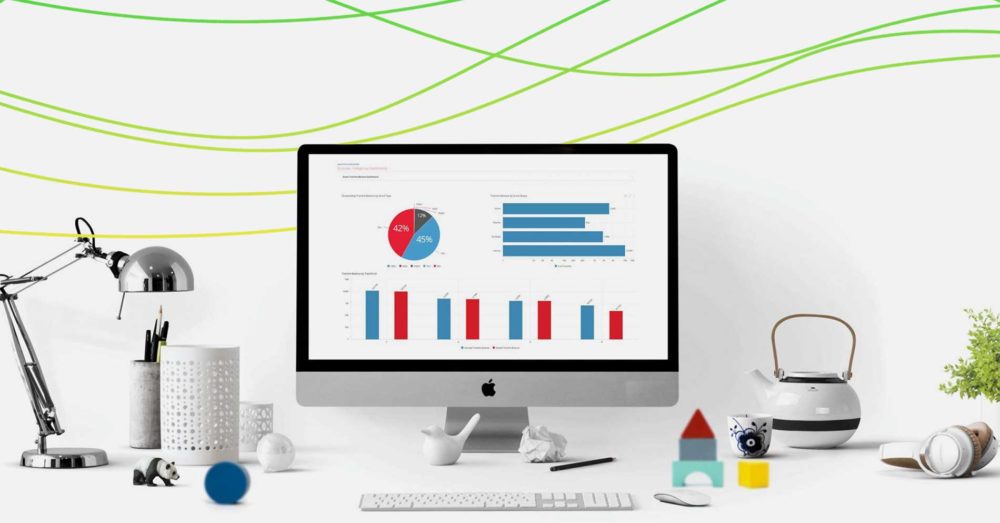First things first – before we get into the importance of it being clean, simple and what that means, let’s be clear on what we’re talking about when we refer to a capitalization (cap) table.
Did you know?
At its most basic level, a cap table is a record of a company’s shareholders’ equity; in essence, who owns stock and the size of those individual shareholdings. Creating a cap table is one of the first things a startup will do, as it needs to establish its ownership structure at the outset of the business journey. Depending upon the circumstances, an initial cap table might be quite straightforward – perhaps just a few stockholders with equal stakes. At that point, it might make sense to use Excel to record the relevant details, but the ownership structure will likely become more complex over time and more difficult to manage on a spreadsheet, which is why a software solution may represent a better way to proceed. More on that later, but just keep it in mind for now.
What is a clean and simple cap table?
When we talk about maintaining a simple cap table, we are referring to the need to keep it up to date. Every investment round will see the ownership structure in your company change and every prospective investor will want to see the existing cap table before deciding whether to proceed.
When all equity-related changes are recorded accurately and at the time they occur, both you and any potential investors will be able to get an error-free and up-to-date picture of the company’s ownership structure. A clean and clear cap table will show that yours is a serious and professionally run business.
Easy visibility: A clean and simple cap table matters for your investors
Beyond that, the information contained in the cap table will be a key consideration in any potential investor deciding whether to proceed, which underscores the importance of that information being clear, precise, well organized, consistent and fully updated.
For example, investors will want to see the current details on all company equity-related matters. They will need to be clear on the existing ownership structure and options available to employees or capital providers.
With each investment round, a cap table will need to change and will become more and more complex. More investors mean more stock, which means more dilution, and a changing stock price valuation. Viewed against this backdrop, it should be clear that whatever about how straightforward or difficult creating a cap table in the first instance proves to be, maintaining that record over time represents an ongoing challenge – and you must get it right.
Errors in a cap table can have dire consequences for the business – it could potentially cost you your funding round, and consequently, your business.

What are common pain points in cap table management?
As alluded to above, a company’s equity situation tends to be dynamic – in other words, it continues to change over time and will rarely be static for long. The challenge facing all companies is to stay on top of those changes and update their cap table as and when transactions, stock awards, and/or outside investment occur.
Ultimately, the cap table and the process of maintaining it will be as intricate as the day-to-day circumstances of an individual business demands.
Managing complex information
There will be many elements that need to be constantly monitored and updated on the cap table, including, for example:
- Valuation: When the value of individual shares changes, this must be reflected in the relevant entries.
- Investors: New investors must be added as and when they come on board, with the relevant details on the level of that investment.
- Stock and options: If you offer stock to employees, whether when hiring or at intervals, you must record all that information. The same applies to options being terminated when employees leave the company. Also, options will sometimes be exercised when they vest; alternatively, options can be allowed to expire. Stock can also be transferred or sold. All of this must be recorded and/or acknowledged in the cap table.
Human error and inaccurate data
When you rely on a spreadsheet to keep track of the above, mistakes will be inevitable over time. As stated previously, a spreadsheet might seem like a feasible way to maintain your cap table in the early going, but trying to keep up with all equity-related changes in the business will prove increasingly challenging as time goes by.
And that is the ultimate pain point. A cap table must be 100% accurate. Any error that creeps in unnoticed – whether by addition or omission – can compound over time and fatally undermine your credibility in the eyes of prospective investors.
A messy cap table costs your business in the long run
When creating and then constantly updating a cap table, one of the things you aspire towards is creating a single source of truth – one document or reference point that you and all other stakeholders can be confident is accurate and contains all relevant data at any given moment.
It might be feasible to do so with a spreadsheet for the first couple of years, but as the business grows and moves through funding rounds, this becomes increasingly difficult. Even if you manage to stay on top of it, the time involved in manually inputting and updating data itself make the process inefficient.
There are so many hazards with spreadsheets, not least of which being that multiple copies of the same file can end up with different people, and it is then possible that different updates will be added to different versions of the file, creating the kind of chaotic mess that can be a nightmare to untangle.
You owe it yourself, your colleagues, your employees, and the business as a whole to avoid such pitfalls. The best way to do this is to opt for a software solution. Only then can you be confident of maintaining that all-important cap table, and without having to spend an inordinate amount of time in doing so.
We can help create your single source of truth
Here at Global Shares, we can help you to achieve that single source of truth using a software solution.
Our cap table management tool removes the time-consuming and error-prone manual update element. Instead, the hard work is done for you, with your current ownership structure information always available to you at the click of a button.
The relevant entries will automatically update after every funding round and you will be able to monitor all details on stock, options, warrants, share classes, convertible notes, and the overall investment situation in your company.
The key takeaway here is that when you use our tool, both you and any potential investor can be 100% confident that your cap table is 100% accurate 100% of the time.
Contact Global Shares today for a no-commitment demo of our cap table management software.
Please Note: This publication contains general information only and Global Shares is not, through this article, issuing any advice, be it legal, financial, tax-related, business-related, professional or other. The Global Shares Academy is not a substitute for professional advice and should not be used as such. Global Shares does not assume any liability for reliance on the information provided herein.








